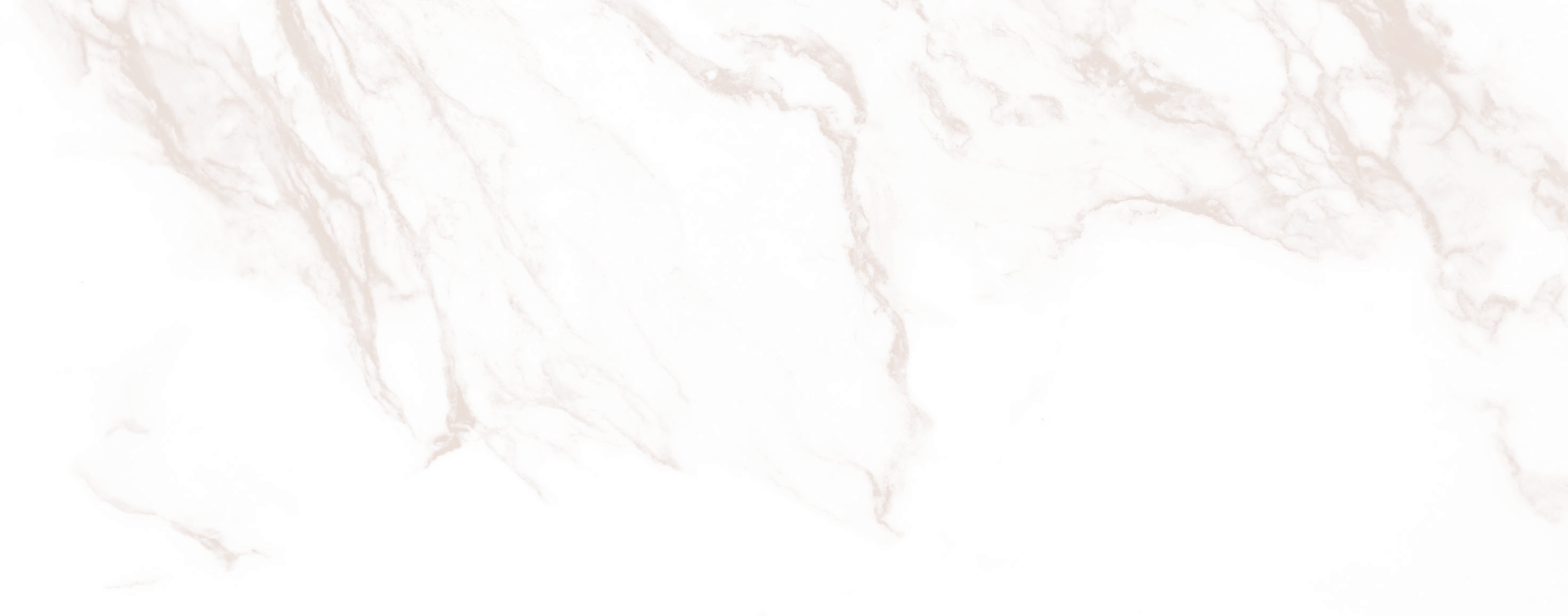
The Arts Club’s British Summer Group Exhibition ran concurrently with the 2012 Olympics and celebrated some of the most exciting emerging to mid-career artists working in Britain today.
Born in Lincoln in 1973, Peter Liversidge makes proposals for ambitious yet poetic and often collaborative artworks. Some of these get made, but others instead remain as a described image and idea in our imaginations, catalogued in his ongoing books of proposals. Liversidge often incorporates non-art world participants into his work, such as the postman who arranged and re-arranged a series of found objects daily at a gallery during the artist’s recent exhibition in New York. His Before/After (2012) at The Arts Club, made with marquee style bulbs, randomly illuminates one or the other word, highlighting our conception of time as a series of events and evoking a sense of life’s precariousness.
British artist Ryan Gander, born in 1976, frequently uses disparate mediums and narrative systems to blur boundaries between reality and fiction, while also addressing the discursive potential of art and the role of the artist. Gander’s Self-Portrait (2012) is made up of thirty glass paint palettes covered in smudges of multi-colored paints. Gander made a painting of himself every day for a month for this work, but here has chosen to show us only the palette he used to do so.
Born in Argentina in 1978, now living and working in London, Amalia Pica marries the poetic with the political, creating interventions into public space in myriad ways within her diverse oeuvre. Pica’s Eavesdropping (2011), made up of second-hand shop drinking glasses glued to the wall – seems at first playful and pretty. One easily thinks of a child propping a glass against a wall to hear what’s happening on the other side. But so too does it register a sinister feeling of surveillance, suggesting an uneasiness likely influenced by the artist’s childhood under Argentina’s brutal military regime, and resonating with the many places in the world where being overheard can be dangerous.
Idris Khan’s Different Trains comes from a series the artist made referencing classical music, in this case the 1960s avant-garde, repetitively structured minimalist music of composers such as Thierry Reilly and Philip Glass. At first the work looks like a blur of black smudges, which on closer inspection turn out to be images of music sheets layered over top of one another again and again. Notes appear to move around the wall, and the experience is akin to devouring an entire piece of music in one go with your eyes. Khan was born in Birmingham in 1978 and lives and works in London.
Born 1971 in Germany, now living and working in London, Nicole Wermers’ works riff on the preponderance of design that dominates almost every area of our lives. The works in The Arts Club came from her Buhuu Suite, for which the artist has photographed the Rococo chambers of the Musée Rodin, featuring sculptures by both August Rodin and Camille Claudel. Wermers specifically picks angles in which the spaces are multiplied and divided by mirrors and other reflective surfaces. Over the top of the photographs she imposes polished geometrical fittings – Modernist round and rectangular steel clips, cold steel dots and dashes, creating a kind of cultural clash that reaches across the ages.
The dank carpets, party streamers, ripped out phone booths and other such tinged details in Anne Hardy’s depopulated photographs suggest surreal narratives of events past. For the viewer it can feel a little like you just missed the party, though in certain of the more grimly constructed works you might be glad you did. In fact, Hardy, who was born in Britain in 1971, constructs each mise-en-scene in her studio, deliberately adding every evocative stain, rip, colour and texture. In works such as Untitled IV (2005) and Booth (2006), the happenings they seem to suggest only ever take place in the viewers’ imaginations.

